The bigger the better: 8-metre high statue conceived by Leonardo In 15th Century, erected In The U.S.A. (2 by 8m), Turkey (10m) and Macedonia (14m) and India (121m) since 1990
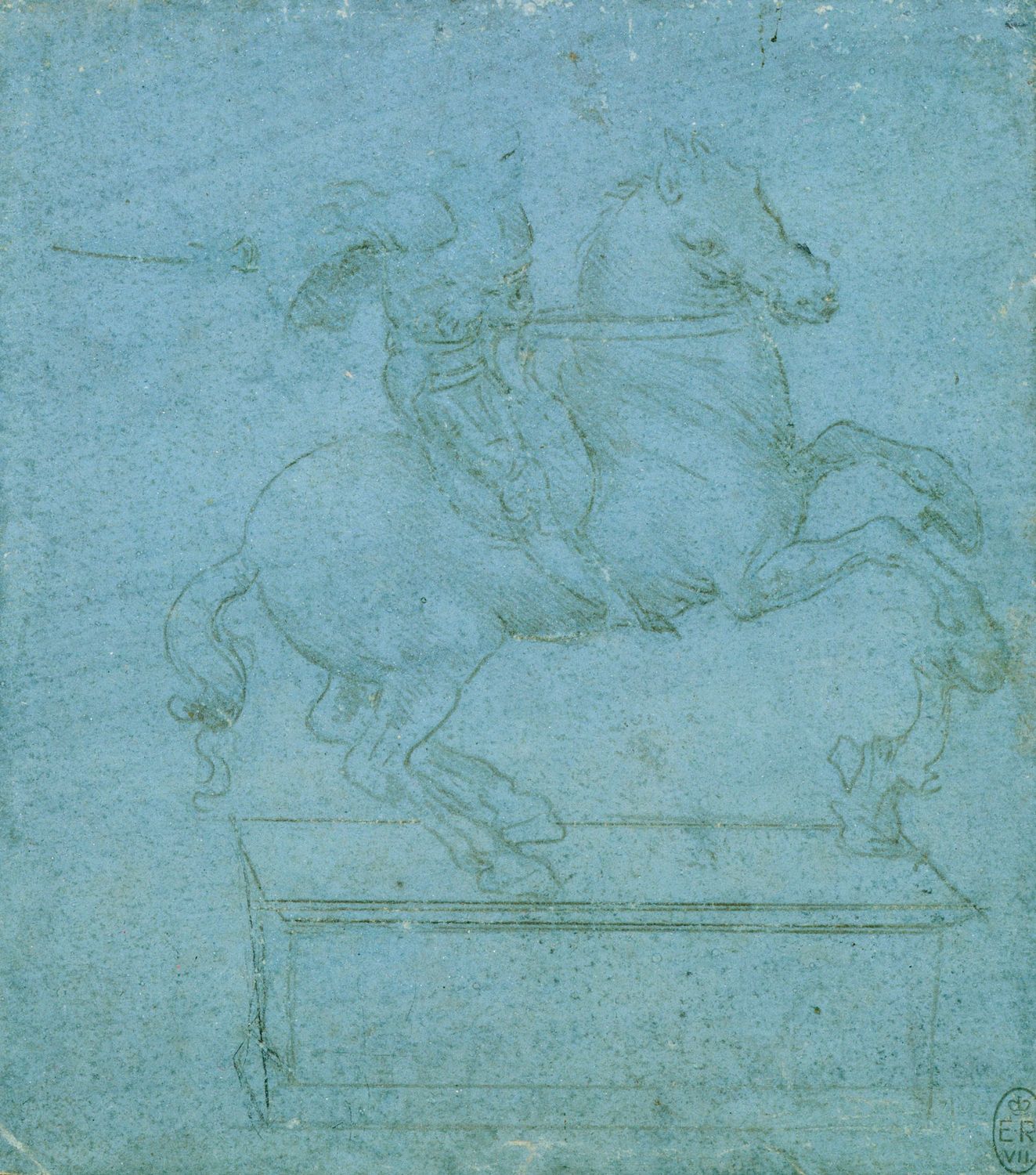
Study for an equestrian monument, c.1485-90, Leonardo da Vinci

Four studies for the uncompleted equestrian statue of Francesco Sforza, 1490-1510, after Leonardo da Vinci

Sketches for the Trivulzio monument, c.1508-10, Leonardo da Vinci
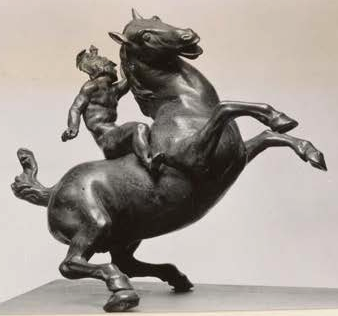
Rearing Horse and Mounted Warrior statuette, 1516-9, Leonardo da Vinci, France
Leonardo was dreaming of creating a large-scale monument of horsemen on a rearing horse. His first such project was a monument to
Francesco Sforza in Milan, which was supposed to be 8 metres high. The plans had to be changed because of the technical difficulties, then abandoned because the French army led by
Gian Giacomo Trivulzio has conquered Milan in 1499. They have used the clay model of the monument as a shooting target… In circa 1508, Gian Giacomo Trivulzio has commissioned Leonardo to create a monument for his tomb, and Leonardo wanted to depict Trivulzio as a horseman on a rearing horse. Unfortunately, this project was abandoned even earlier, at the stage of preliminary drawings. Finally, in circa 1516-1519 Leonardo has finally completed a three-dimensional depiction of a horseman on a rearing horse, presumably depicting king
Francis I of France. This 42 centimetres tall statue is a far cry from 8-metre statue conceived by Leonardo 20 years earlier.
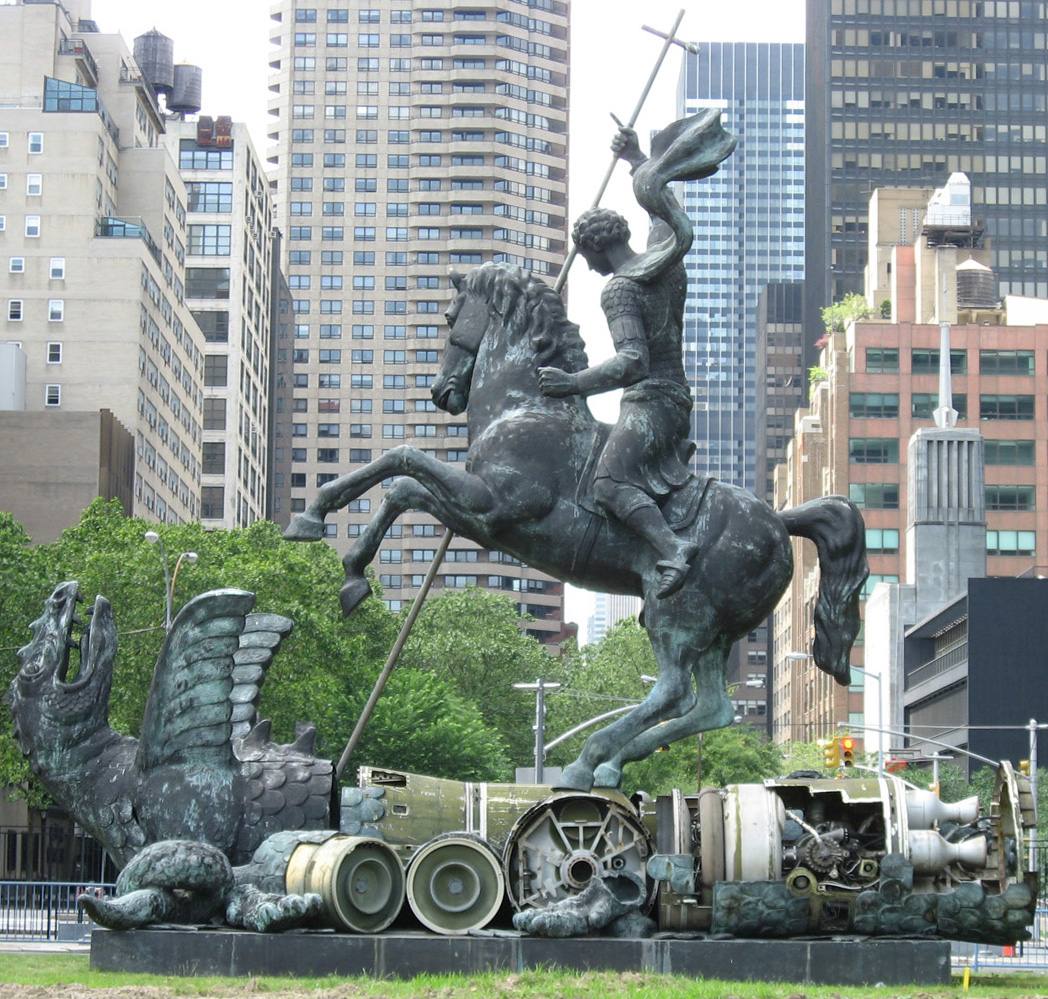
Monument to Saint George, 1990, Zurab Tsereteli, New York, the U.S.A.

Statue of Don Juan de Onate Salazar, 2006, El Paso, Texas
For a long time, Leonardo’s vision was finding no materialisation. But very recently two statues that measure up to Leonardo’s vision have appeared, both in the United States. The first one, the monument to
Saint George destroying nuclear missile, was completed by
Zurab Tsereteli in 1990; its height (including the pediment) is 9.44 metre (31 feet). The second one was completed on October 25, 2006, and is located at the entrance to Texas’s international airport of El Paso. Originally it was designated to depict
Juan de Oñate. However, later it became the generic “The Equestrian” because de Oñate’s legacy appeared to be controversial. It stands 8.53 metres (28 feet) tall, 11 metres (36 feet) tall including the base. “The Equestrian” is currently the third-highest statue of a horseman on a rearing horse in the world.
The second-highest statue of a horseman on a rearing horse in the world is the statue of Alp Arslan in Aydın, Turkey, erected in 2017: the statue is 10 meters high without its pedestal, and 15 meters high with the pedestal.
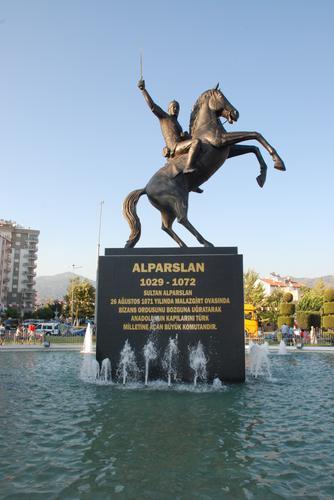
Statue of Sultan Alp Arslan, 2013, Mustafa Tunçay, Aydin, Turkey
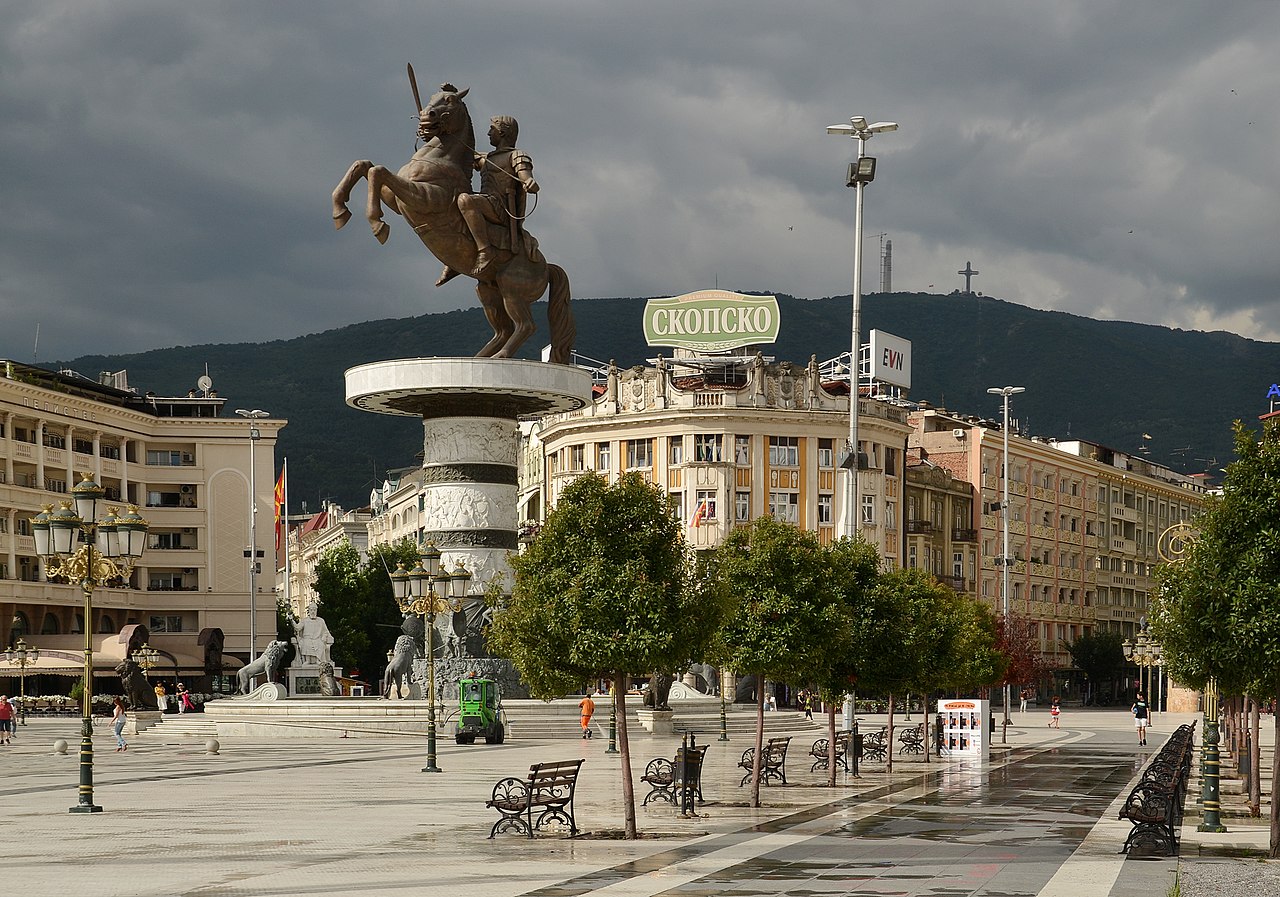
Warrior on a Horse, 2011, Valentina Stevanovska, Skopje, Macedonia
The highest statue of a horseman on a rearing horse in the world is the
Warrior on a Horse statue and fountain in the centre of Macedonia Square. It is typically thought to depict Alexander the Great, though it is not officially named for him. “Alexander” was officially completed on September 8, 2011, to commemorate 20 years of the independence of the Republic of Macedonia. It is 14.5 metres tall and it sits on a cylindrical column, which itself is 10 metres in height. The column stands in a fountain. The monument also plays music. It was cast in
Florence, the city that played a very important role in
Leonardo‘s life, thus completing the circle.
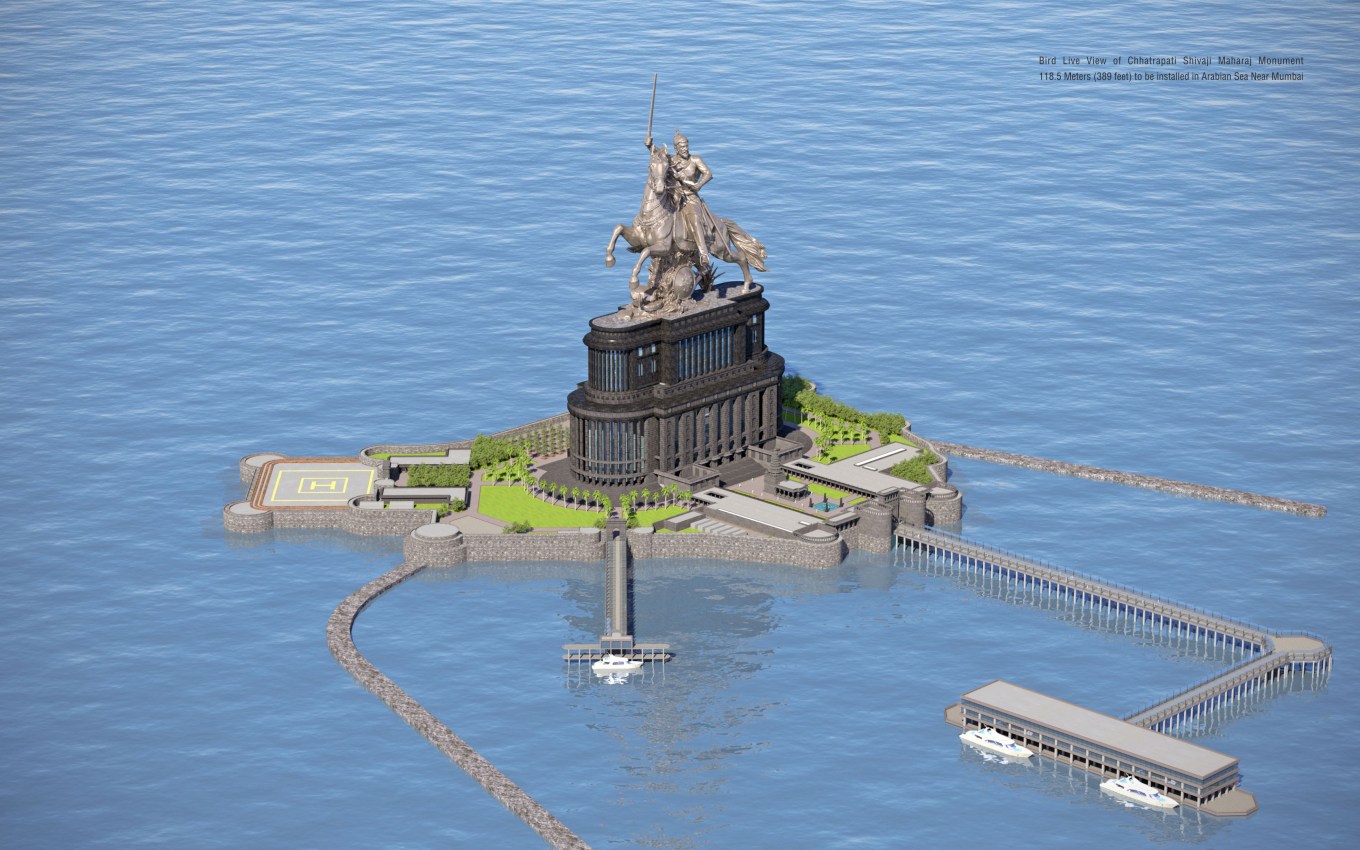
Equestrian statue of Chhatrapati Shivaji (digital rendering), to be completed in 2021 (?), Ram V. Sutar and Anil Sutar, Mumbai, India
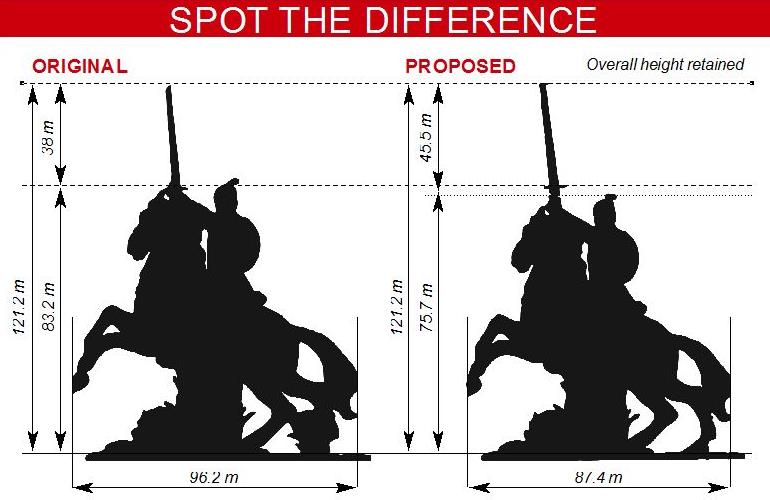
The heights of the sculpture of Chhatrapati Shivaji, original and reduced in 2018
However, the statue of the warrior-king
Shivaji (1630 – 1680) that is planned to be erected in Mumbai, India, by 2021, will dwarf all of them. The planned height of the Indian statue (including the sword) is 121.2m, 210m including the pedestal.
Technological Innovation (U.S.A., 1852) And A Forgotten Pioneer (Innsbruck, 1630s)

A sculpture of a classical horseman holding a severed head on a base with a relief of a scene of judgement, c. 1440-1470, Jacopo Bellini
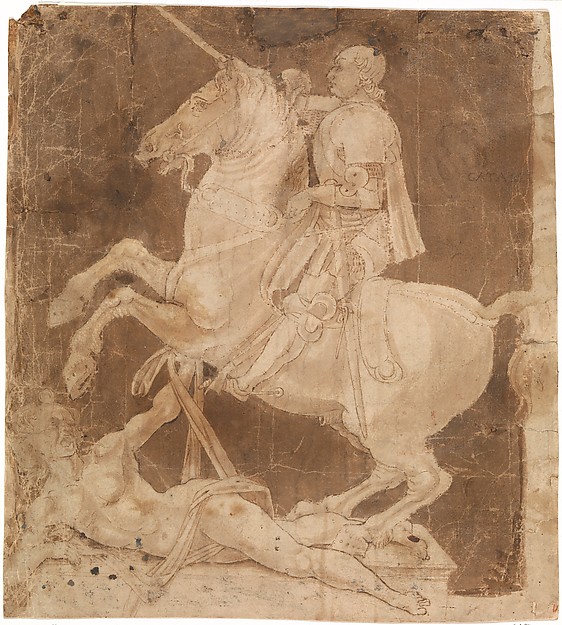
Study for the Equestrian Monument to Francesco Sforza, early to mid-1480s, Antonio Pollaiuolo

Four studies for the uncompleted equestrian statue of Francesco Sforza, 1490-1510, after Leonardo da Vinci
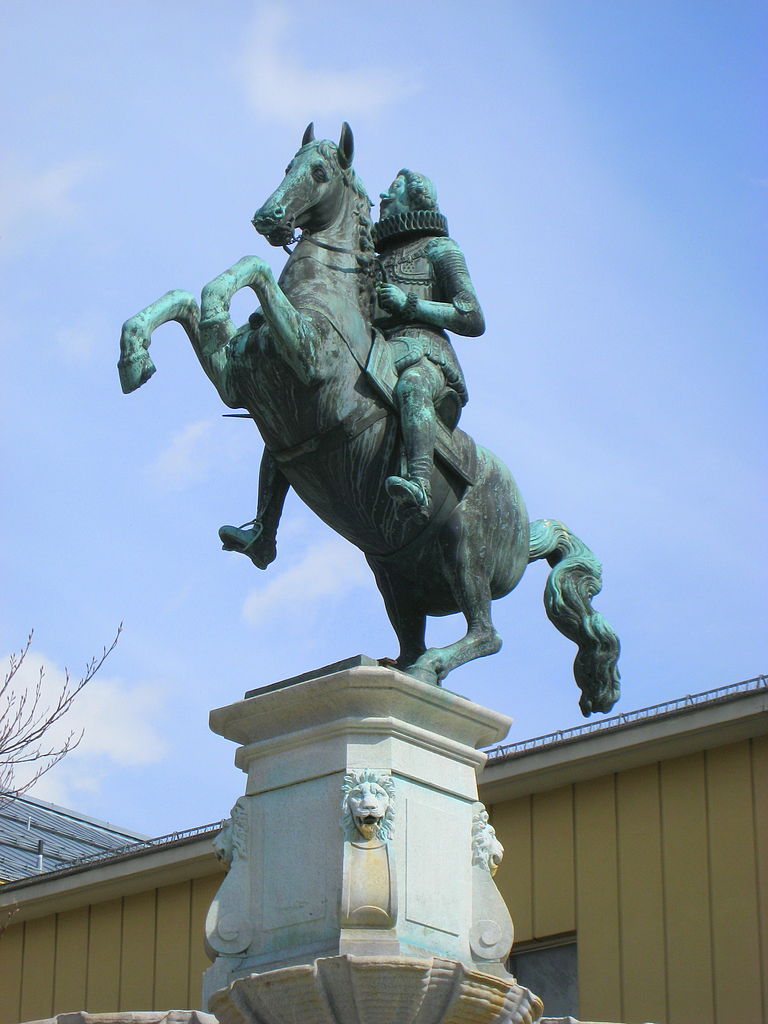
Equestrian statue of Archduke Leopold V on top of Leopoldsbrunnen, 1631, Caspar Gras, Innsbruck, Austria
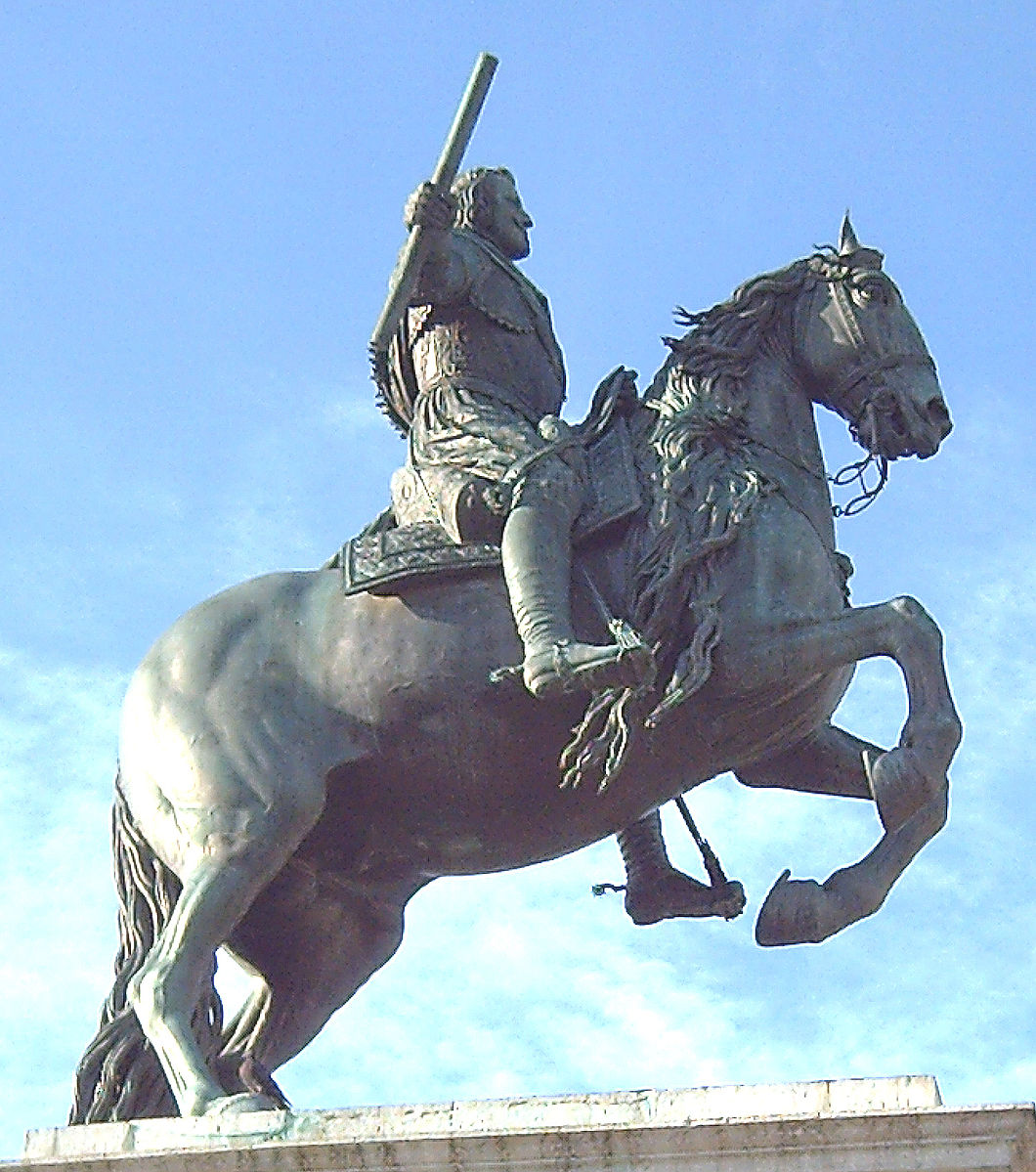
Monument to Philip IV, Pietro Tacca, 1634-40, Madrid
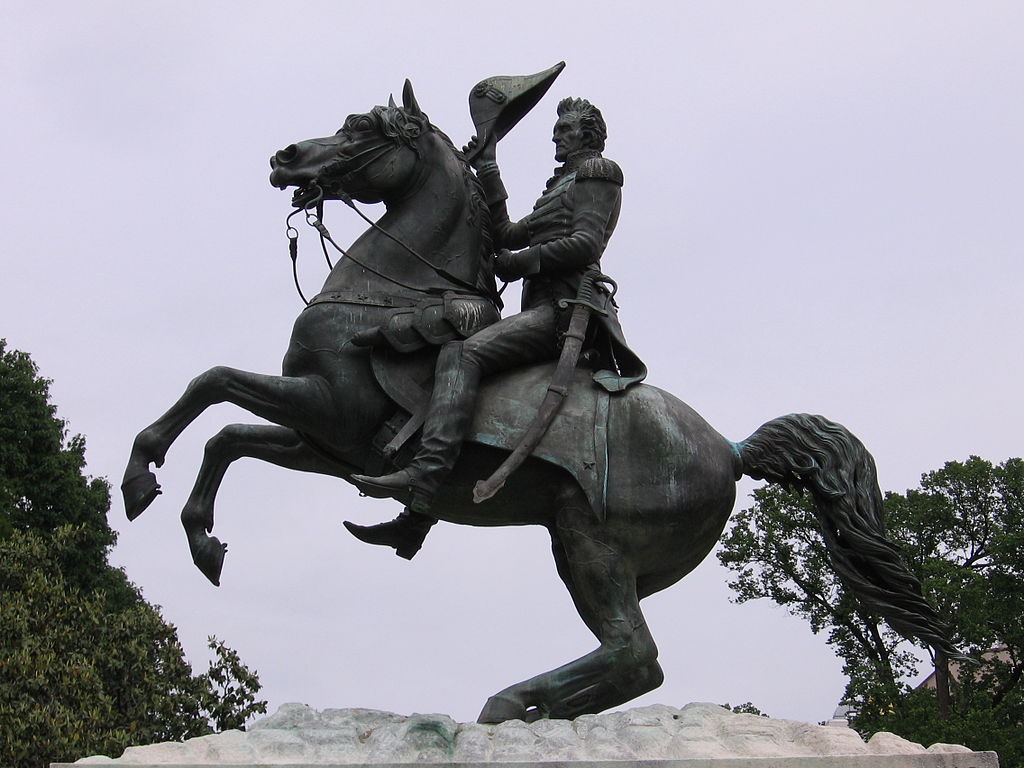
Statue of Andrew Jackson, 1852, Clark Mills, Washington D.C., U.S.A.
Probably, it was
Jacopo Bellini who has suggested the first (since antiquity) equestrian monument of a ruler on a rearing horse – we find the design in his sketch-book. Unfortunately, his design was rejected. Next,
Leonardo da Vinci (and his fellow Italian artist
Antonio Pollaiuolo) have tried to create one. Leonardo’s design was accepted but he was stopped by the technical difficulties.
It is widely assumed that the first large-scale statue of a horseman on a rearing horse with three supporting points (hind legs and a tail) was created by
Pietro Tacca in 1634-40 in Madrid, and the first large-scale statue of a horseman on a rearing horse with two supporting points (hind legs only, the tail up in the air) was designed by
Clark Mills in 1852 in Washington D.C., the U.S.A. However, back in 1630-1632
Caspar Gras has completed a life-size statue of a horseman on a rearing horse in Innsbruck, Austria. Unfortunately, it was not installed until the end of the 19th century, which is probably why it did not get a deserved place in the history of art.
















Leave a Reply